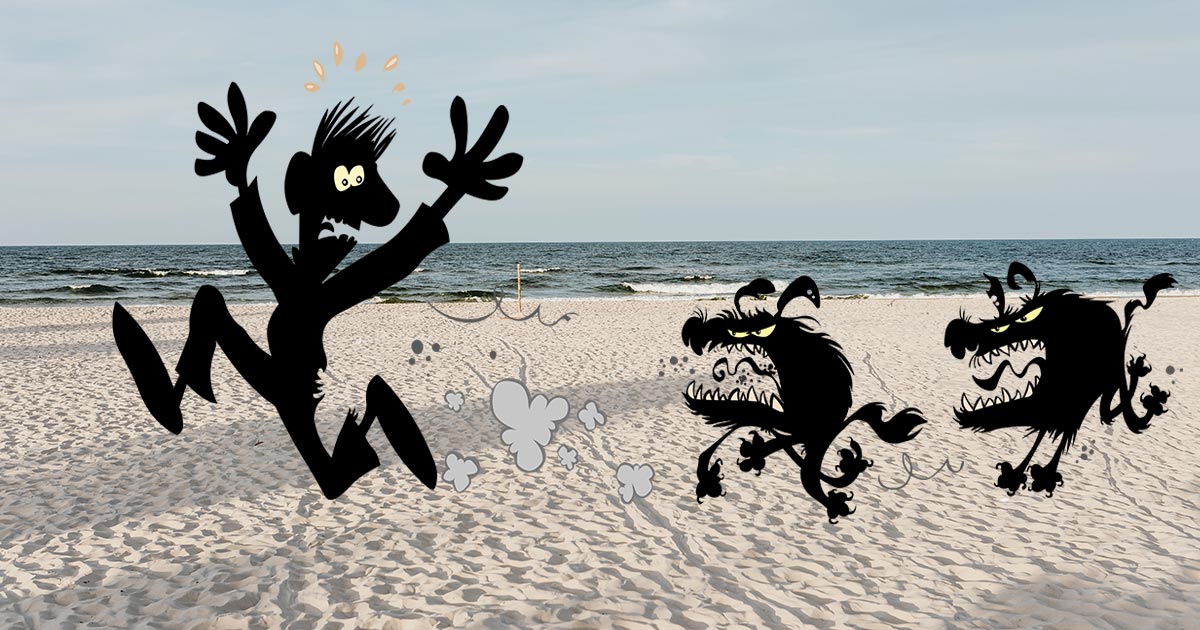I’m not sure how to start this blog post… it’s about dog body language and a general inability to read it well. But getting that info across is my stumbling block.
It all started (as it seems most things do nowadays) during lockdown. A friend who regularly runs along the seafront near me had commented on the increasing number of people and dogs on his regular routes. He felt it was becoming unsafe, and that lots of the dogs seemed very young and a bit overwhelmed.
As he was talking I mentioned the “ladder of aggression” in dogs and asked if he knew about it. Not being a pet owner he didn’t, but was keen to learn more. I sent him a link and tried to give a demo with Joey, but as Joey hasn’t got a ladder it didn’t really work (Joey has more a “slide of disinterest” than a ladder of aggression, like most hounds).
Need to know
I thought no more of it until a few months later and my friend commented about a dog looking anxious. I confirmed it was an anxious-looking dog and commented that he had learned well from my teaching… to which he replied “I think everyone should know this stuff”.
He told me how he can now read dogs better and feels safer in crowded places because of this. Sadly, he also noted that he feels he sees a lot of stressed and anxious dogs.
This got me thinking about sharing our knowledge. We usually want to share with the pet-owning public, but is there a wider audience who may benefit? As we see an increase in new pet owners (especially of dogs), could a wider approach to educating the public be helpful?

Shared responsibility
When it comes to shared-use spaces, I feel cyclists, joggers, and those with prams or wheelchairs could benefit from some degree of knowledge, as it is often in these busy areas that dog-human conflict can occur. Plus, if being able to read dog behaviours is a more universal skill, the onus is not just the dog owner/carer/walker to exercise caution.
You can keep your dog away from people, but can people keep away from your dog? It’s an issue that affects many dog owners, especially if we a have a “cute” dog, as people equate “cute” with “won’t bite“.
My “cute” Peke with her head turned away and a paw in the air isn’t asking you to shake hands, she wants you to leave her alone – but that is a difficult message to get across in the moment of interaction.
Be Dog Smart
To help, Dogs Trust has some useful resources, and offer free workshops on dog safety in the home and when “out and about”.
It may be that advertising some of these in the clinic window or via your social media could be incredibly helpful, both to dog owners and the general public.
I wasn’t sure where to start, but I know I’ll finish with the idea that shared knowledge is beneficial to all, especially our anxious canine companions.

Leave a Reply